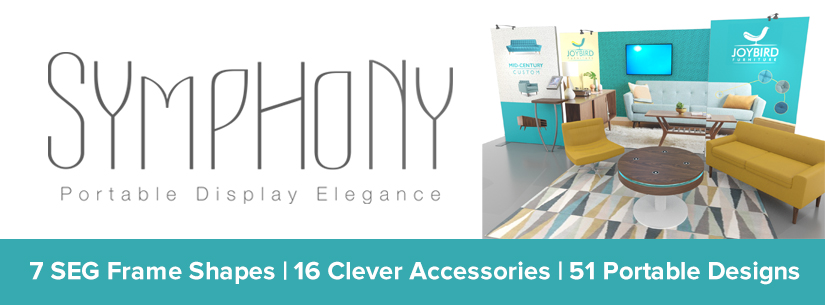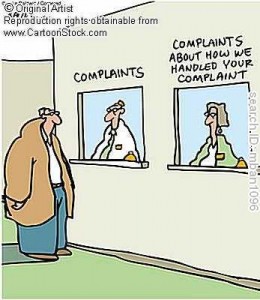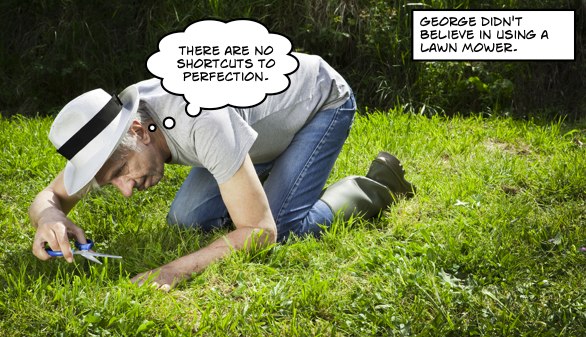
Two Words
Throughout the design and engineering process for the Symphony Portable System, we focused on several guiding principles: relevance, ease-of-use, adaptability, and beauty. In short, practicality and elegance. Those can be challenging concepts to communicate… but not for Seth Godin.
Every morning, I receive an email with Seth Godin wisdom. Today, he perfectly explained “practical elegance.” Thank you Seth! You are the master! The blog post is below and on his website.
Practical Elegance | March 11, 2021
The 16-foot canvas Prospector canoe made by the Chestnut Canoe Company is not the fastest or the lightest or the cheapest canoe but it is an elegant canoe.
Practical elegance is something that is available to all of us. If we choose, it can become the cornerstone of our work.
Some of us make a thing and many of us make a system. What makes something practically elegant is that it’s better, smoother, cleaner, more understandable, kinder, more efficient, friendlier or more approachable than it needs to be.
Microsoft Windows was never particularly elegant, as you could see the nuts and bolts underneath it. It was clunky, but it got the job done.
On the other hand, the Macintosh-for at least 20 years-was surprisingly elegant. When it broke, it broke in an elegant way. It knew things before it asked us to type them in, it had a smile on its face–it seemed to have a sense of humor.
When we create something with practical elegance, we are investing time and energy in a user experience that satisfies the user more than it helps the bottom line of the company that made it. Ironically, in the long run, satisfying the user is the single best way to help the bottom line of a company that doesn’t have monopoly power.
When a designer combines functionality with delight, we’re drawn to whatever she’s produced. That’s the elegance we’re searching for in our built world.
An enemy of practical elegance is persistent complexity, often caused by competing demands, network effects and the status quo. The latest operating system of the Mac is without elegance. When it crashes, and mine has been every few hours for the last week, it crashes poorly. The kernel panic reports are unreadable, by me and by their support folks. The dialogue boxes aren’t consistent, the information flow is uneven and nothing about the experience shows any commitment to polish, to delight or to the user.
Practical elegance doesn’t mean that the canoe will never capsize. It means that the thing we built was worth building, and it left the user feeling better, not worse, about their choice.
Too often, “customer service” has come to mean “answer the phone and give a refund.” But customer service begins long before something breaks. It’s about a commitment to the experience. Creating delight before it’s expected. Building empathy and insight into the interactions that people will choose to have with you.
Of course this takes effort. So do all the other things that go into a product or service. Apparently, though, this effort is perceived as optional by some.
As soon as a product or system creator starts acting like the user has no choice, elegance begins to disappear.












